I came across Johnny.Decimal some weeks ago via a blog post by NotePlan maker Eduard Metzger. While I’ve since (after some back and forth) settled with Agenda instead of NotePlan (side-note: both apps IMHO are very good, though I’d say more different form one another than a cursory glance might suggest), Eduard still has some interesting ideas he also blogs a about and after initially dismissing P.A.R.A. (as “simply not for me”—after coming from and probably still kind of thinking in Things, where for me it would have felt absurd not to put projects under the respective areas …), his personal (or rather “promoted“) combination of PARA and J.D got me thinking.
I realized that I, of course, do not have to adopt systems like these completely, but (Duh, I know! ![]() ) can just treat them as kind of toolboxes from which I may take just what I need and recombine and modify it to my personal needs. In that I am probably not yet at the end of my journey but I thought I’d share my current setup here anyway.
) can just treat them as kind of toolboxes from which I may take just what I need and recombine and modify it to my personal needs. In that I am probably not yet at the end of my journey but I thought I’d share my current setup here anyway. ![]()
So right now I’m rolling my own combined version of both J.D and PARA.
PARA kind of turned into PARP—projects, areas, resources, personal. I wanted to separate personal stuff from work stuff, but get away from a binary work/personal top-level. And of course (?) “work” is far more extensive … ![]()
I want to use the system both in Agenda (where I kind of live now) and for my files. But I had to recognize that these days most of my work tends to produce relatively few (local) files (which was the case even before NotePlan/Agenda times, when I used a combination of mostly Things and mostly Ulysses for quite a while). Consequently I’ve started with setting the system up in Agenda and am now in the (probably longish) process of sorting my files (and simply archiving a lot of old stuff) whenever I have some time “spare” time.
I’m still not sure how much overlap between files and Agenda I should try to enforce (regarding specific “projects”)—and whether that is actually of much importance beyond a more theoretical realm. (It would certainly mean leaving “blanks” on one side or the other. And keeping track of those.)
Also with J.D. it makes more sense now to put files in the respective “iCloud app folders”—and simply start the filenames with the (project’s) J.D numbers. (For example I somehow find it very, well, “comforting” to have all Mindnode files in one place etc. I don’t know why. ![]() )
)
As for the “archiving part“ of the (original) PARA: In Agenda the built-in archiving takes care of that. For the files I’m setting up separate Archive folders “at the end“ of each “category“, so that eg. 10–19 Projects contains a folder 19 Archive etc., thus mimicking Agenda’s behaviors which suits me very well.
As for my own version of J.D, since the actual projects live relatively far down in the (albeit quite flat) hierarchy I’ve decided to give myself a little bit more leeway on the ID-side. If this really pans out, 99 (smallish!) projects is not a lot, not even over at the moment four (unevenly distributed!) categories. So I’ve come up with a “11/001” etc. schema instead of the “classical” and recommended “11.01” schema. I dismissed the . as a separator because I live in one of those parts of the world that uses it as a thousands separator—and so “11.001” would just look too much like a number (ie. “11,000”).
So far I’m quite happy with all this.
This is by the way what it looks like in Agenda right now:
(The emoji in the project names are an additional experiment for more immediate status overview.)
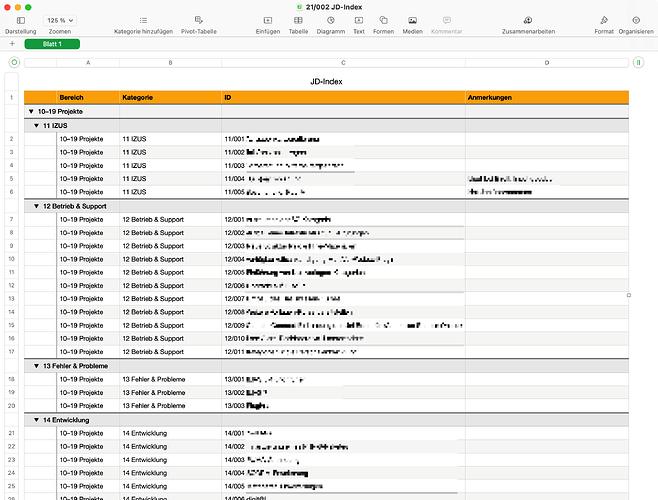
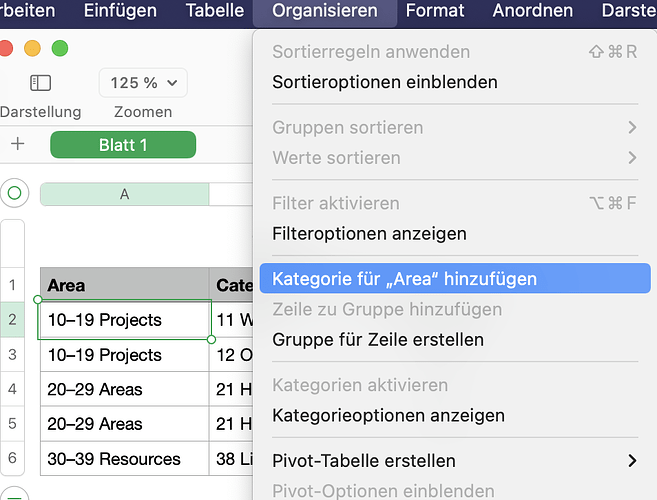
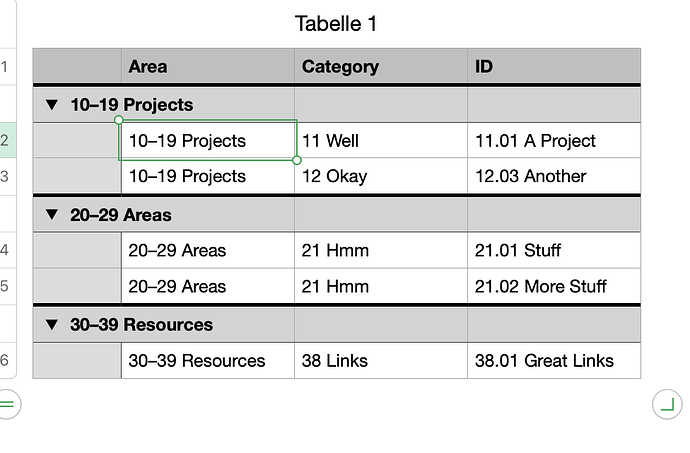
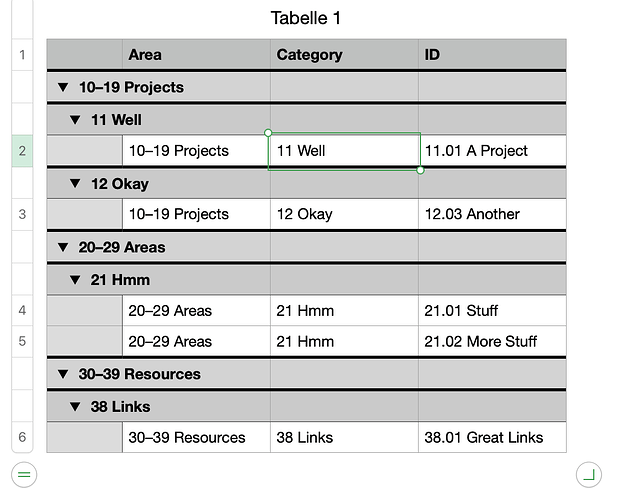
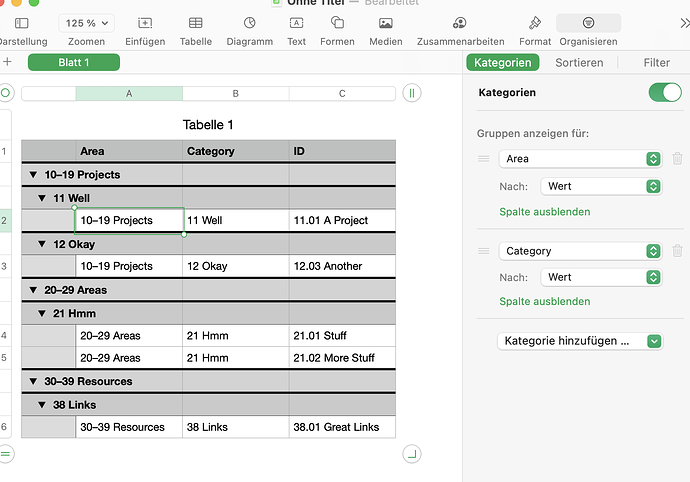

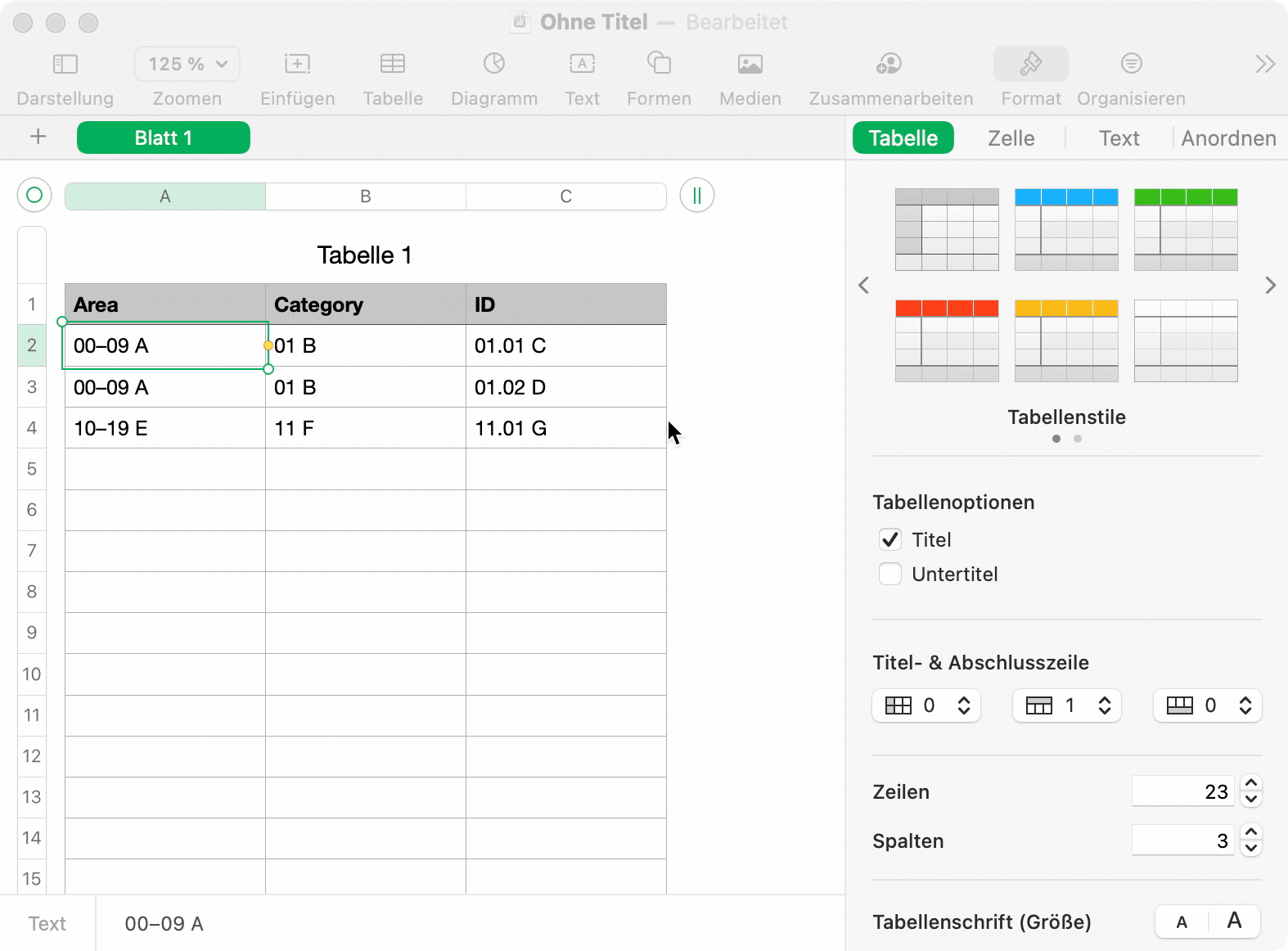
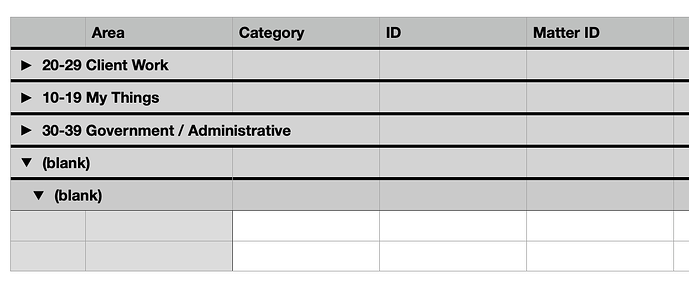
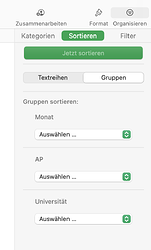
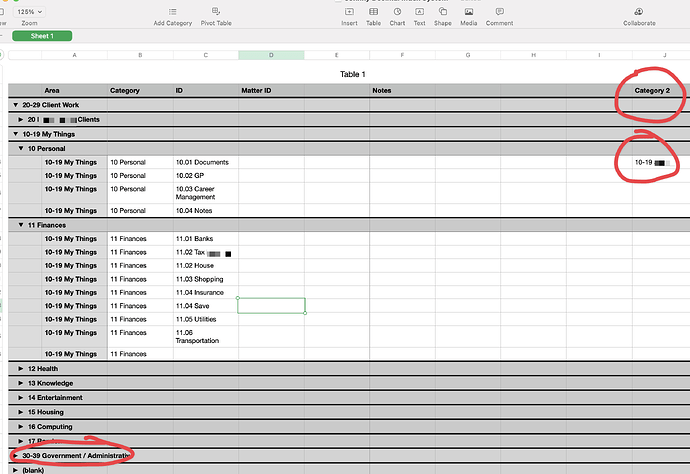
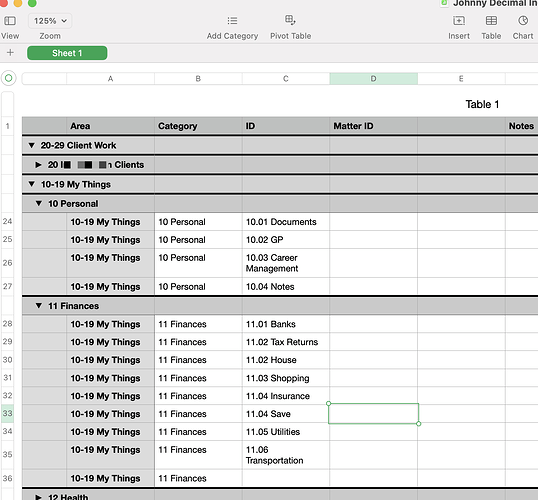
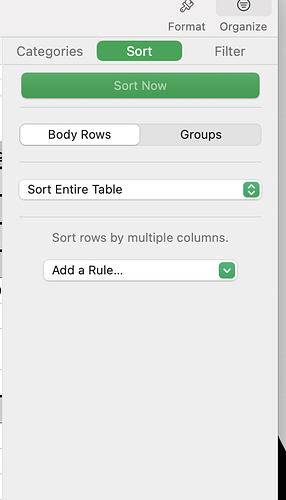
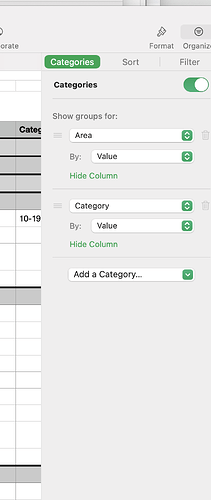
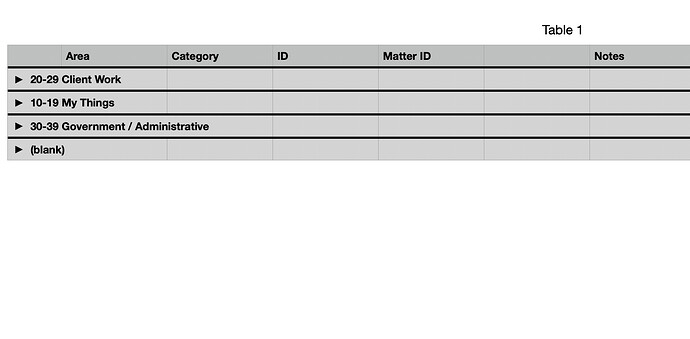
 )
) )) while sporting probably most of if not all features you’d expect from the latest generation of “backlinking” note-taking apps
)) while sporting probably most of if not all features you’d expect from the latest generation of “backlinking” note-taking apps


 )
)